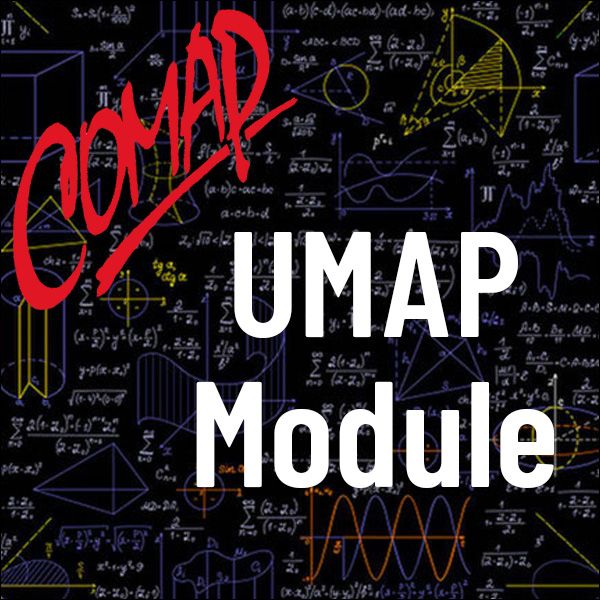Wind Turbine Power Coefficient Optimization (UMAP)
Author: Paul A. Isihara, with Julie Clements, Ronya Kamerlander, William Landry, Jonathan Soyars, and Nathaniel Stapleton
We consider the important problem of optimizing a wind turbine's power coefficient the percentage of available wind power used by the turbine, either by the rotor assembly as a whole (Section 4), or more locally by a cross-sectional area of a rotor blade (Section 6). We assume only basic physics and explain the specialized concepts needed for our mathematical results. We describe a simple case of Bernoulli's equation from fluid mechanics (Section 2), analyze the momentum change of the wind as it passes through the turbine's rotor (Section 3), and obtain an optimal power coefficient result known as Betz's Law (Section 4): A rotor-type, horizontal-axis turbine can convert no more than 16/27 (59%) of the kinetic energy in the wind to mechanical energy. We derive a second optimality condition in Section 6: The power coefficient of an airfoil is maximized when the ratio of the airfoil's headwind speed to the real windspeed is 2/3 of the ratio of the lift coefficient to the drag coefficient. This result leads to the final exercise, in which the student discovers the startling fact that lift utilization can produce 50 times the power per utilizable area than purely drag-driven devices. Simplifying assumptions enable us to obtain these results using just calculus and elementary vector analysis. References to the broader scope of wind turbine technology and advanced research work are included in the concluding section.
Table of Contents:
INTRODUCTION
BERNOULLI'S EQUATION FOR A HORIZONTAL STREAMLINE
A STREAMTUBE MOMENTUM ANALYSIS
WIND FLOW AND BETZ'S LAW
AIRFOIL GEOMETRY
POWER COEFFICIENT AND LIFT UTILIZATION
FURTHER DIRECTIONS
SOLUTIONS TO THE EXERCISES
REFERENCES
ACKNOWLEDGMENTS
DEDICATION

Mathematics Topics:
Application Areas:
Prerequisites:
You must have a Full Membership to download this resource.
If you're already a member, login here.